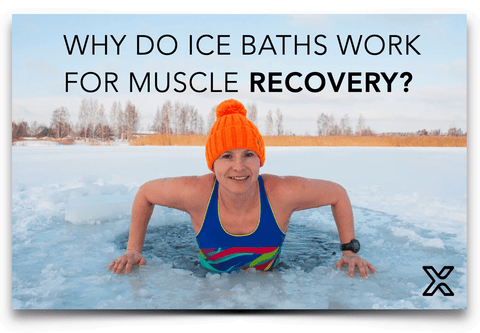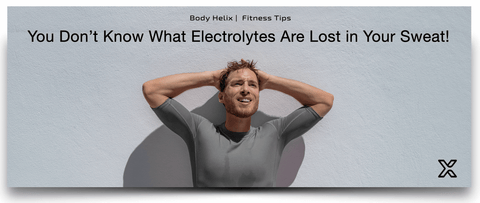Exercise/Training
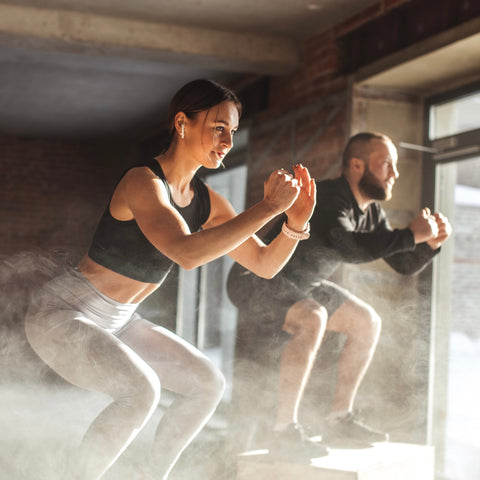
Hip injuries can drastically decrease quality of life, but pinpointing the cause can be difficult. They're usually due to weakness in the hip flexors or stiffness. Sometimes, they manifest outside of the hip region, causing pain in the inner thigh or lower back. Stretching can help to alleviate pain temporarily, increase flexibility, build strength and prevent future injuries from occurring. As always, consult your doctor before embarking on any kind of treatment program.
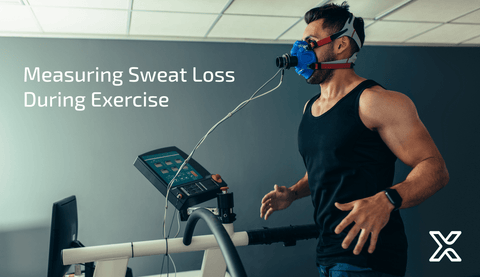
If you are not a tennis fan, pick your favorite sport and athletes and you will notice there is a wide range of fluid and mineral loss. In fact, there has been significant research on fluid and electrolyte loss and the results demonstrate just how difficult it is to determine the replacement needs of an individual athlete.

It's no secret that athletes must maintain optimal fitness and health levels to compete at the top of their game. Even if you're not an elite athlete, taking care of your body is imperative so you can feel your best mentally and physically. Here are five tips on staying fit and healthy.
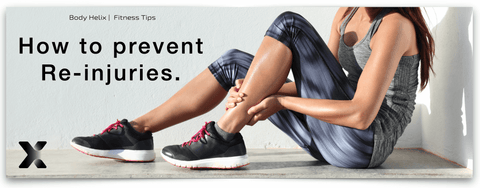
The adult human body has more than 600 muscles and more than 200 bones. Whether we’d like to admit it or not, most of us are bound to experience an injury at some point in our lives. Think this through. Was your injury area weak before the acute injury? Do you have enough flexibility? Do you listen to the warning signs like tightness, aching, etc.? Even experienced athletes may not understand or recognize the messages their body is sending.
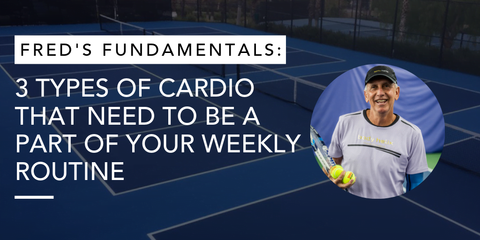
I wanted to share the following with you in hopes that you’ll consider working these into your weekly regime for fully optimized fitness.
Please note that these are pretty intense recommendations and you should consult with your professional trainer and/or physician. Personally, I recommend you get a yearly physical in order to develop a well thought out training program. Remember - this is a journey that, when well crafted, can result in very positive lifelong benefits.


